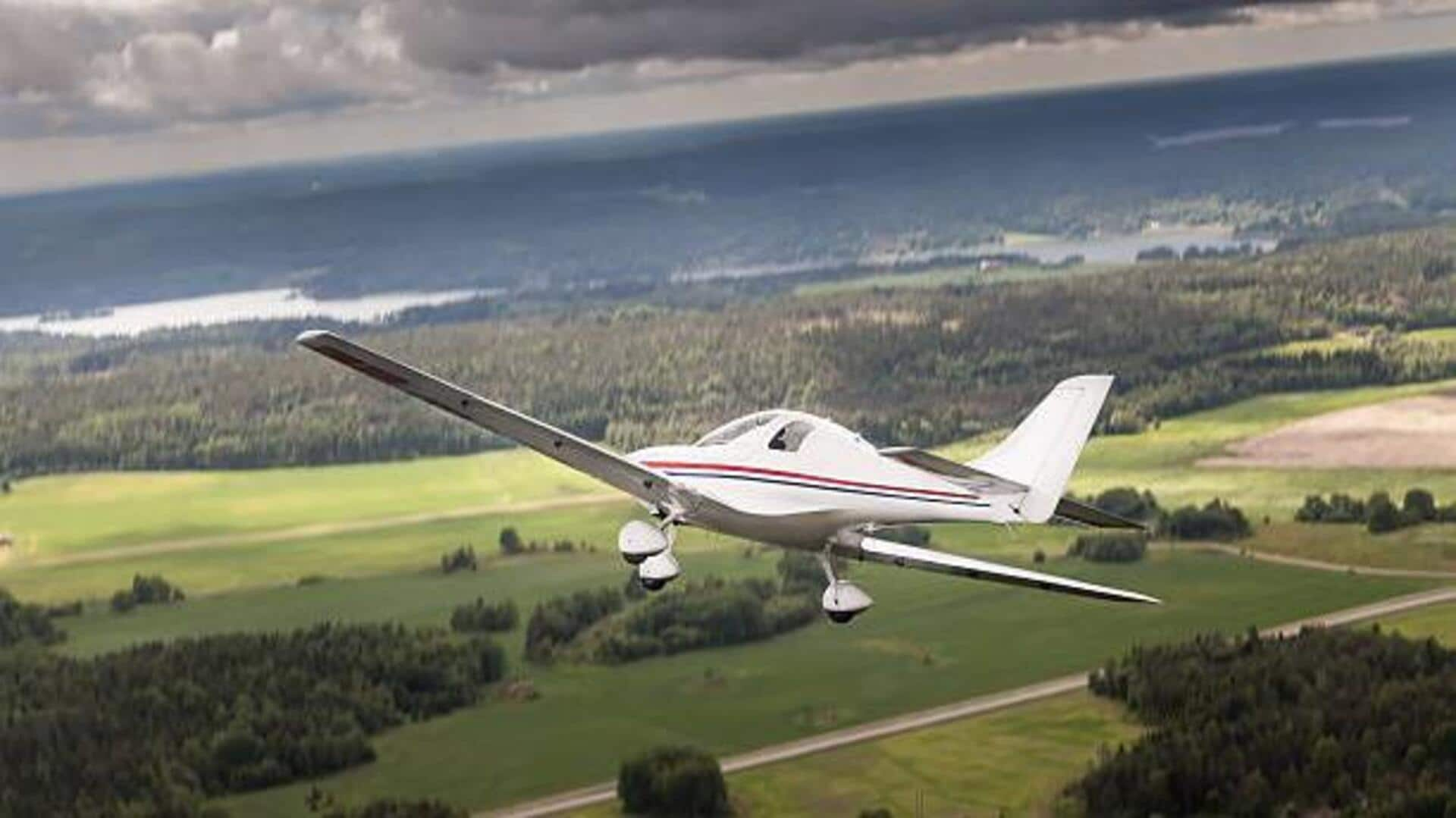
Micro-light aircraft: Best way to explore wildlife
What's the story
Exploring the African savannas from a micro-light aircraft is the best way to see wildlife like never before. From above, you'll witness the mind-boggling landscapes and how many different animal species roam around. The aerial adventure combines the thrill of flying with nature's beauty, offering an unforgettable trip over one of the world's most iconic ecosystems. Plus, with minimal environmental impact, micro-light flights provide an eco-friendly means to observe wildlife in their natural habitat.
Aircraft basics
Understanding micro-light aircraft
Micro-light aircraft are basically lightweight planes for short-distance flights. They usually carry one or two passengers and are highly maneuverable and low on fuel consumption. They give an open-air experience, bringing the passengers closer to nature while flying over vast terrains such as the African savannas.
Animal sightings
Wildlife viewing opportunities
Flying over the savannas presents the best opportunities for wildlife viewing. From herds of elephants and zebras to solitary lions, passengers can watch animals in their natural habitat without disturbing them. The aerial view offers a broader perspective on animal movements and interactions across vast expanses.
Eco-friendly flights
Environmental impact considerations
The best part is that micro-light flights are less damaging to the environment than conventional safari tours. Their lightweight design leads to less fuel consumption, thus reducing carbon emissions. Moreover, they don't necessitate land infrastructure development, protecting natural habitats while still giving tourists an opportunity to enjoy wildlife.
Flight precautions
Safety measures for passengers
Safety is the top priority when going on a micro-light adventure over the savannas. Passengers must ensure that operators abide by strict safety standards, such as regular maintenance checks and experienced pilots at the helm. Wearing appropriate gear, including helmets and harnesses, is a must for the safety of passengers on these flights.